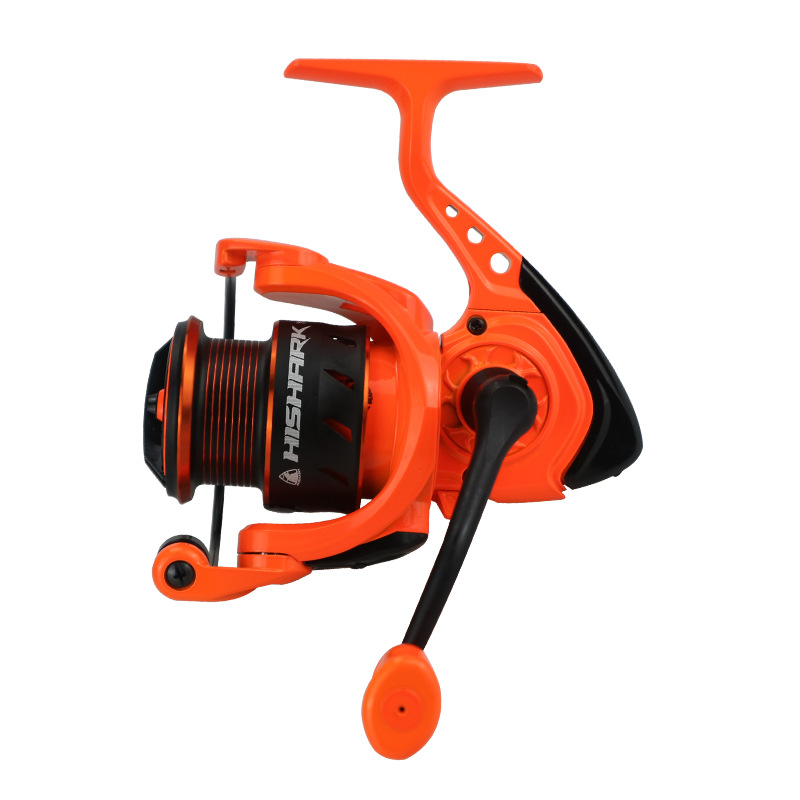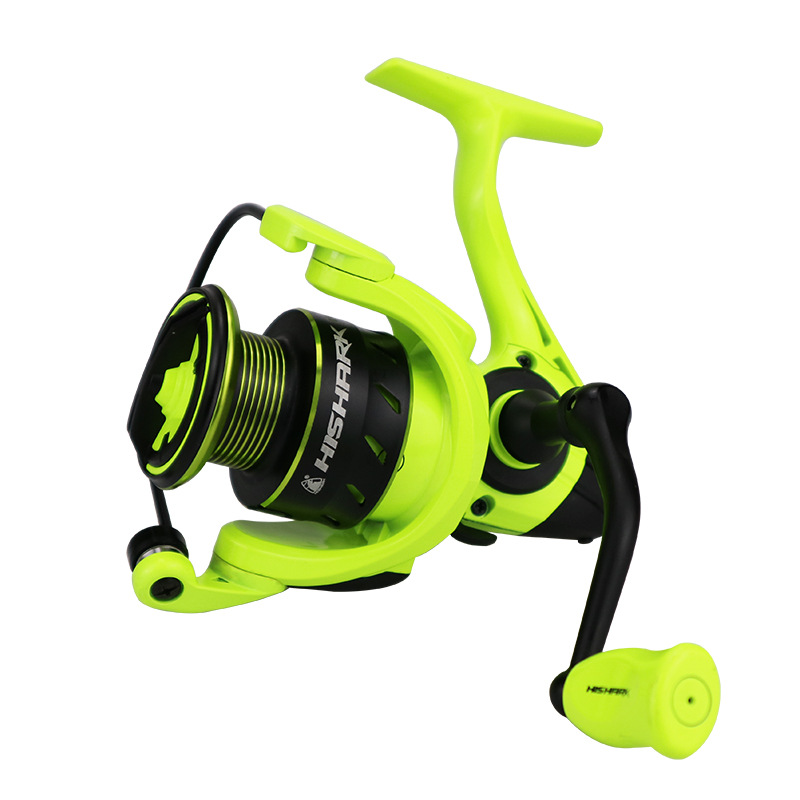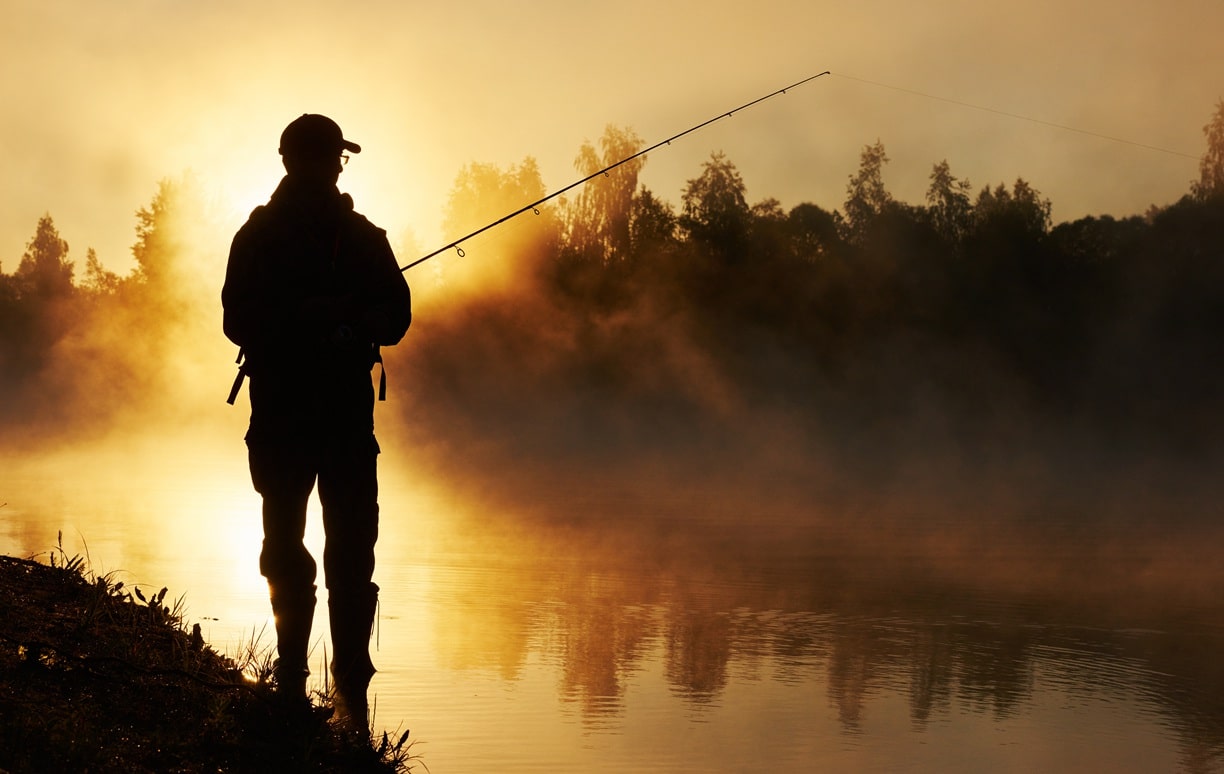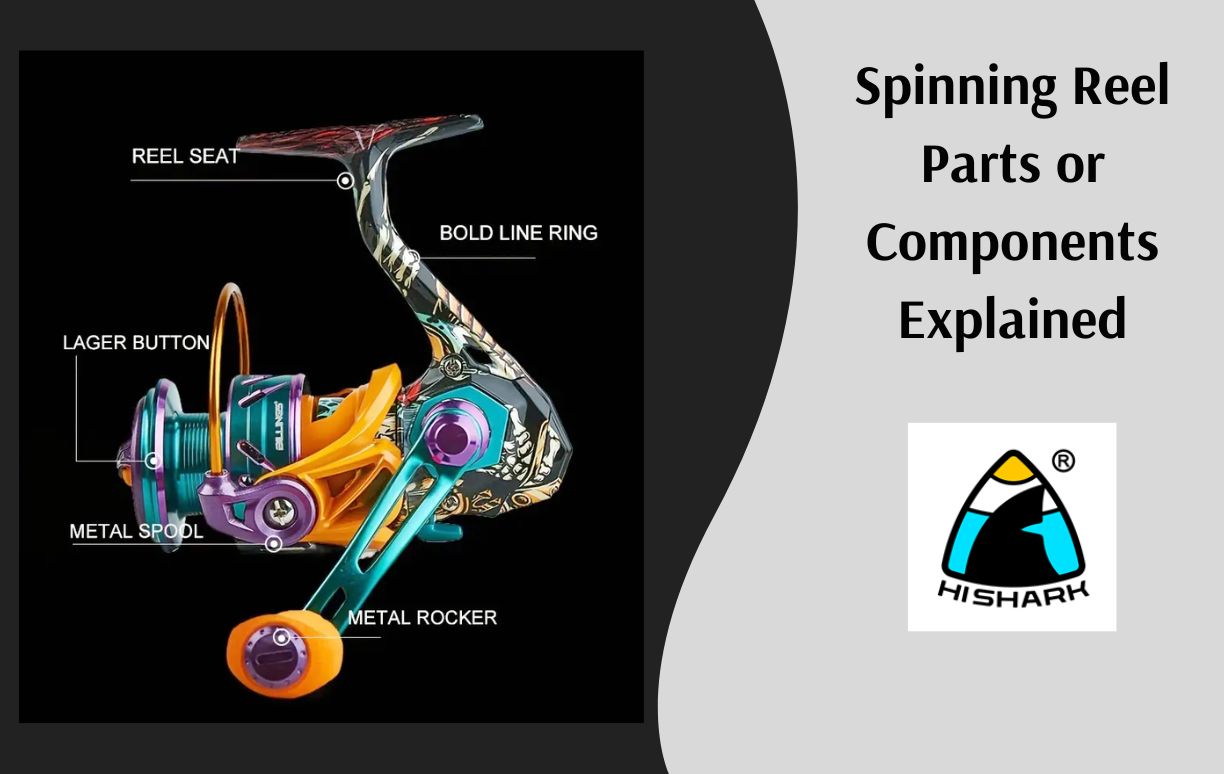
A spinning fishing reel plus one rod
Fishing gear refers to the tools and equipment used to catch fish. This includes rods, reels, lines, hooks, and bait. Each piece of gear plays a crucial role in the fishing process. Rods and reels help cast the line and reel in fish. Lines and hooks are essential for securing the catch. Bait attracts the fish to your hook.
There are various types of gear, each suited for different fishing styles and environments. For example, fly fishing gear differs significantly from deep-sea fishing gear. Selecting the right fishing gear can greatly enhance your success and enjoyment on the water.
Whether you’re a beginner or a seasoned angler, having the proper equipment is key. Fishing tool gear has evolved over the years, incorporating new technologies and materials to improve performance and durability. So understanding what gear you need can make all the difference in your fishing adventures.
Introduction
Fishing gear includes a variety of tools used for fishing. These tools range from simple hooks and lines to complex nets and traps. Understanding gear is crucial for any angler. This guide will explore different types of gear and their uses.
Basic Fishing Gear
Fishing Rods
Fishing rods: To catch fish, fishermen use long, flexible rods. They vary in length, strength, and material. Rods can be made of graphite, fiberglass, or bamboo. Different rods are suited for various fishing techniques.
Fishing Reels
Fishing reels are devices attached to rods. They help in casting and retrieving fishing lines. There are several types of reels, including spinning, baitcasting, and fly reels. Each type serves a specific purpose.
Fishing Lines
Fishing lines connect the hook to the reel. They come in different materials, including monofilament, fluorocarbon, and braided lines. The choice of line depends on the type of fish and fishing conditions.
Hooks
Hooks are essential for catching fish. They come in various sizes and shapes. The hook should be the same size as the fish you’re aiming for. Hooks can be single, double, or treble.
Baits and Lures
Baits and lures attract fish. Baits can be live or artificial. Worms, minnows, and insects are all common live baits. Artificial lures are designed to replicate the appearance and movement of prey. They come in various shapes, sizes, and colors.
Advanced Fishing Gear
Nets
Nets are used to capture multiple fish at once. There are different types of nets, including cast nets, seine nets, and gill nets. Nets are essential for commercial fishing.
Traps
Traps are devices used to capture fish without constant monitoring. Common traps include crab pots, lobster traps, and fish baskets. They are usually baited to attract fish.
Spears and Harpoons
Spears and harpoons are used for spearfishing. They involve piercing the fish with a sharp object. This method is often used in shallow waters or by divers.
Sonar and Fish Finders
Sonar and fish finders use sound waves to locate fish underwater. They display images of fish and underwater structures. These devices are valuable for both recreational and commercial fishing.
Hereby we recommend one post on how to put line on a spinning reel for your reviewing.
Types of Fishing Gear by Fishing Style
Fly Fishing Reels
The fly fishing involves using artificial flies to catch fish. That is strange. A fly rod, fly reel, fly line, and flies are among the equipment. The fly rods are lightweight and flexible. Fly lines are thicker to support the casting of light flies. There is a post about fishing reel types for your information.
Ice Fishing Art Reels
Ice fishing is done through holes in frozen lakes. The gear includes ice augers, ice fishing rods, and shelters. Ice augers drill holes in the ice. But ice fishing rods are shorter and sturdier.
Surf Fishing Reels
Surf fishing is done from the shoreline. The reel includes surf rods, spinning reels, and heavy-duty lines. Surf rods are long to cast beyond the breaking waves. The lines are strong to handle large fish.
Trolling Reels
Trolling is trailing lures or baits behind a moving vessel. The gear includes trolling rods, reels, and downriggers. Downriggers help control the depth of the lures. Trolling is effective for catching large, pelagic fish. For more information of trolling reels, please visit the post of trolling reels.
Deep-Sea Fishing Reels
Deep-sea fishing is done in the open ocean. The gear includes heavy-duty rods, reels, and lines. The equipment is designed to handle large, powerful fish. Trolling and bottom fishing are common techniques for deep-sea fishing.
Importance of Choosing the Right Gear
Matching Gear to Target Species
Choosing the right gear ensures successful fishing. Different fish species require different gear. For example, lightweight gear is suitable for small fish, while heavy-duty gear is needed for big game fish.
Fishing Environment
The fishing environment influences gear selection. Freshwater gear differs from saltwater gear. But freshwater gear is usually lighter. Saltwater gear is resistant to corrosion.
Fishing Technique
Different fishing techniques require specific gear. Fly fishing, for instance, requires specialized rods and lines. Trolling needs specific rods and down riggers.
Maintaining Fishing Gear
Regular Cleaning
Regular cleaning prolongs the life of fishing gear. Rinse rods, reels, and lines with fresh water after use. So this is especially important for saltwater gear. Read an article of saltwater baitcasters for your reference.
Storage
Proper storage prevents damage. Store rods in rod holders or racks. Keep reels in a cool, dry place. Avoid direct sunlight and extreme temperatures.
Inspection
Inspect gear regularly for wear and tear. Check lines for nicks and abrasions. Replace hooks that are dull or rusty. Ensure reels are functioning smoothly.
Lubrication
Lubricate reels to keep them working efficiently. Use reel oil and grease. For the best results, follow the directions provided by the manufacturer.
Sustainable Fishing Practices
Catch and Release
Catch and release help preserve fish populations. Use barbless hooks to reduce injury and gently handle fish and swiftly release them.
Using Biodegradable Gear
Biodegradable gear reduces environmental impact. Choose biodegradable fishing lines and lures and avoid using lead weights.
Respecting Fishing Regulations
Follow local fishing regulations. These rules help protect fish populations. They include size limits, bag limits, and seasonal restrictions.
Innovations in Fishing Gear
Smart Reels
Smart reels come with digital displays and connectivity. So they provide data on line depth, water temperature, and fish activity. But some models connect to smartphones for enhanced functionality.
Eco-Friendly Materials
Fishing reel factories are using eco-friendly materials. These include biodegradable plastics and sustainable wood. So eco-friendly gear helps reduce environmental impact.
Wearable Technology
Wearable technology includes smart watches and glasses. These devices provide real-time data on fishing conditions. They enhance the fishing experience.
Summary
Fishing gear is essential for any angler. From basic hooks and lines to advanced sonar systems, the right gear can make a big difference. So understanding the various types of gear and their uses is crucial. Whether you are a beginner or an experienced angler, choosing the right gear is key to a successful fishing trip.




















